The Toyota Prado 90 was the predecessor of the Prado 70. It hit the market in 1996 and continued until 2002. The Prado 70 was the breakaway model from the Land Cruiser 70, but the 90 hit the market with an emphasis on being its own model, leaving any resemblance to the Land Cruiser 70 in the trail dust behind it.
Light series Land Cruiser created as the successor to the Land Cruiser 70 Prado
Like the Prado 70, the Prado 90 was offered in two wheelbase sizes and passenger capacities.
High-end Land Cruiser 80 and heavy-duty Land Cruiser 70
Meanwhile, Toyota offered the Land Cruiser 70 as their heavy-duty vehicle, as well as the Land Cruiser 80 Series that replaced the outgoing 60 Series.
Introduced in the mid-1980s, the Land Cruiser 70 Series – the heavy-duty commercial and off-road vehicle – was still on the market, and the 60 Series was the station wagon version built for the global market. The 60 Series was a full-time 4WD in the North American and European markets and a part-time 4WD in the Japanese market.
The 80 Series was a significant upgrade in comfort and drivability while keeping the 4×4 toughness intact. The 80 Series had a lockable open center differential for tough off-road terrain, but its real improvements were in the luxury and ride quality as it focused on the luxury SUV buyer.
Mitsubishi Pajero was the most popular 4WD on the market
At the time of the Prado 70 introduction, the Mitsubishi Pajero was the most popular 4WD on the market, and it is considered the pioneer of the budding off-road excitement.
The Pajero was launched in 1982 and quickly caught the attention of people seeking adventure. Originally it was designed to compete in the Dakar Rally – one of the toughest rally races – where it won multiple victories. It was sold globally, and Mitsubishi focused on combining the capacity to drive the harshest terrains while providing a smooth and comfortable ride. It offered ABS brakes, Super Select 4WD, and two wheelbase sizes.
The fact that it was reasonably priced helped to solidify its position in the market making it the leader of the 4WD boom in Japan at the time.
This was Toyota’s incentive to produce the Prado 70, and it wouldn’t take that long for the Prado to knock the Pajero from the top spot.

1993 Land Cruiser 70 Prado
History of the Land Cruiser Prado 90
Toyota jumped on the growing 4WD trend by using its off-road expertise to create the dependable Prado series. The 70 Prado quickly became a hit with consumers, and Toyota expected even more success with the launch of the Prado 90.
May 1996: Land Cruiser 90 Prado introduced
The second-generation Prado got a makeover with a rounder, smoother design compared to the 70. It was made longer and more focused on passenger comfort. The short wheelbase still featured the 3-door model, while the long wheelbase formed the foundation for the 5-door version. The Prado 90 was slightly longer than the 70 but maintained its light-duty status. The short wheelbase had a sportier vibe, while the 5-door leaned more into the family SUV look.

1996 Land Cruiser Prado 90 at FLEX in Japan
April 1997: A 2.7-liter straight-4 gasoline version added
In 1997, Toyota introduced the 2.7L 3RZ-FE straight-4 gas engine to the Prado 90. This was part of a larger engine lineup, which included a 3.4L V6 and several diesel options like the 2.8L 3L, 3.0L 5L, and 3.0L 1KZ-TE, available in different markets and configurations. The 3RZ-FE was known for its reliability and was also used in other Toyota models like the Tacoma, HiAce, and T100. That year, Toyota also made the third-row seat removable in the 5-door models and offered rear under mirrors as an option across all versions.
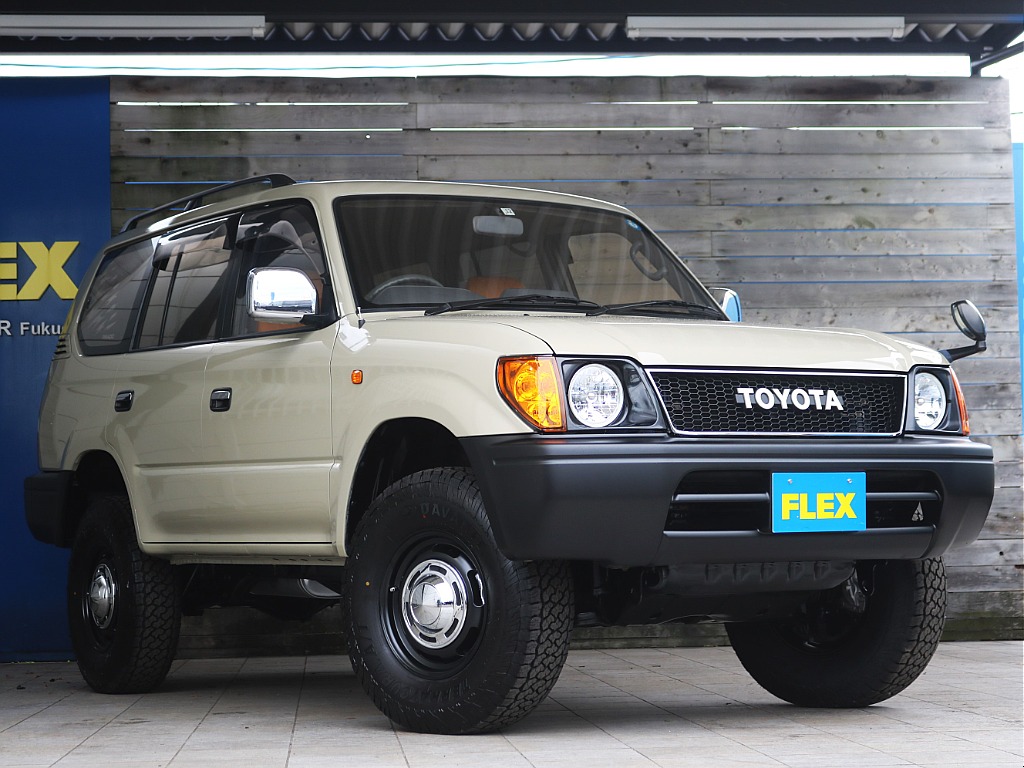
1997 Land Cruiser Prado 90 at FLEX in Japan
January 1998: The interior enhanced and new body colors added
In 1998, the Prado 90 was available in the following colors:
- Silver Metallic – New
- White
- Dark Blue Mica Metallic
- Dark Green Mica
- Red
- Green Metallic Opal
Several upgrades included the use of resin for the optional front bumper protector, vanity mirrors, and privacy glass depending on the grade. All models are also equipped with UV-cut glass and third-row seat headrests as standard.
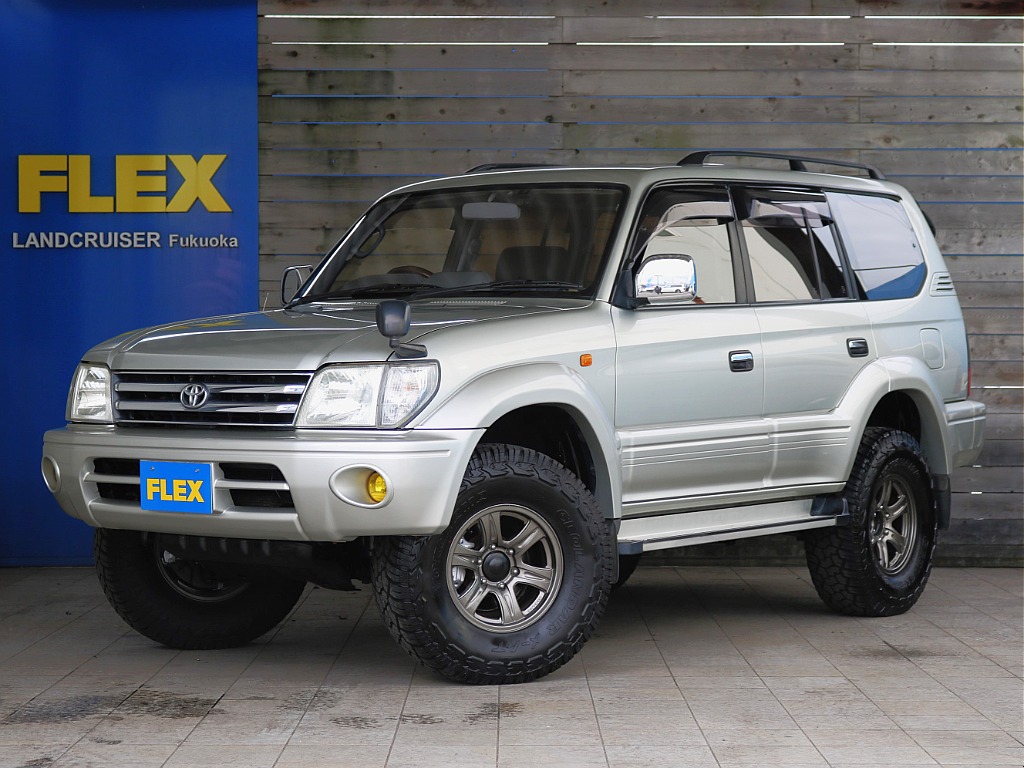
1998 Land Cruiser Prado 90 Silver Metallic color at FLEX in Japan
June 1999: Engine improved and exterior design changed.
1999 saw changes that included body style upgrades like a new grille, door trim, front bumper, and headlights. Other luxury upgrades included a wood panel finish, an Optitron meter, a rear heater, and an engine immobilizer in some of the international models.
In addition, Toyota offered an automatic transmission in most grades as an option, as well as Active Traction Control, and Vehicle Stability Control.
Toyota upped the power on the 3L diesel to 143 horsepower.

1999 Land Cruiser Prado 90 with round headlights customization at FLEX in Japan
July 2000: Engine changes
In 2000, Toyota introduced the 1KD-FTV 3.0L turbo diesel with D-4D technology as a replacement for the 1KZ-TE. The new 3.0L was used in other models like the Hilux and the Fortuner.
The same year, the Colorado (Prado 90) replaced the 4Runner (Prado 70) in the United Kingdom.

2000 Land Cruiser Prado 90 at FLEX in Japan
Land Cruiser Prado 90 Features
With luxury and appealing to new buyers as the goal, Toyota went all out to equip the Prado 90 with the best-in-class materials and the latest technology.
Here are some of the premium offerings in the high-end models:
- Leather upholstery in the high-end models
- Automatic climate control
- Power adjustable seats
- Wood trim on the dash and door panels
- Sunroof
- Premium audio system
- Alloy wheels
Addition of gasoline-powered models and changes to the suspension broaden the user base
Since Toyota was reaching across the world to deliver the Prado 90, there are a variety of nameplates and powertrain options that conform to a diverse marketplace.
In North America and the United Kingdom, the Prado 90 primarily featured gas-powered engines due to market preferences and emission regulations. In other parts of the world, the Prado 90 was offered with diesel engines due to their better fuel efficiency while driving on tough terrains like the Outback in Australia or the dunes in the UAE.
Since the Prado 90 was focused on ride comfort, the suspension was designed for smooth operation over highways while keeping its 4WD abilities. The front suspension is an independent double wishbone, and the rear is a coil-spring, live axle setup with five links for traction and grip.
60 different specifications available
Because the Prado 90 was designed to appeal to a large audience, there are over 60 options across four trim levels. The R trim levels were the 2-door models and the T trim levels were the 5-door models.
- RZ/TZ
- RX/TX
- RS/TS
- RJ/TJ
Each of these trim levels could be equipped with various option packages that added features like sunroofs, upgraded wheels, or special off-road capabilities, depending on the specific country and model year.
Here is a list of some of the names and markets for the Prado 90:
- Japan: Toyota Land Cruiser Prado.
- United Kingdom: Toyota Land Cruiser Colorado
- Venezuela: The three-door version of the Prado was called Toyota Merú in Venezuela
- Australia and New Zealand: Toyota Prado
- North America: The Lexus GX
Toyota was serious about unseating Mitsubishi in the race to dominate the 4WD luxury market, and they did it with the Prado 90.
90-series Prado as 3-door model, and 95-series Prado as 5-door model
90 Series
This is the 3-door model manufactured mainly for use in town, even though it was quite capable off-road, and for highway driving. It was sporty and easy to handle.

Customized 2001 Land Cruiser Prado 90 at FLEX in Japan
95 Series
This is the 5-door model that was geared more toward larger family outings with its 8-passenger capacity. It also had a lot of extras like leather and interior upgrades as opposed to the 90.
Improved driving performance with suspension
With the improved suspension came better driving performance. The front suspension offered better stability and less roll, especially during high-speed highway driving, as well as going over dirt mounds when off-road. Since the suspension was capable of both on and off-road travel, it made it more versatile than a regular SUV.
In addition to the suspension change, Toyota offered Stability Traction Control and other 4WD equipment in some of the trim levels.
From a square base to a round base
The body was significantly different as Toyota sought to compete with the global SUV market. Gone was the boxy, utilitarian body style that was more traditional to the Land Cruiser. The new rounded body of the Prado 90 appeared more like its competitors, which irritated the more loyal Land Cruiser fans.
That rounded body has made the Renocas from Flex extremely popular for traditional Land Cruiser fans since Flex blends the modern equipment and upgrades of a newer model with the older square look. A custom retro-mod kit from Flex is designed to make the new old – at least in appearance. Flex works with several Land Cruiser models like the 100 and now, the Tacoma to deliver a unique model without losing any of the Land Cruiser characteristics like its love of dirt.
Difference between Land Cruiser 70 Prado and Land Cruiser 90 Prado
There are many differences between the Prado 70 and the Prado 90. Here are a few of them:
Size
| Prado 70 – 3-Door | Prado 90 – 3-Door | Prado 70 – 5-Door | Prado 90 – 5-Door | |
|---|---|---|---|---|
| Width | 1690 mm / 67 in | 1820 mm / 72 in | 1690 mm / 67 in | 1820 mm / 72 in |
| Length | 4210 mm / 166 in | 4240 mm / 167 in | 4635 mm / 182 in | 4675 mm / 184 in |
| Height | 1930 mm / 76 in | 1880 mm / 74 in | 1900 mm / 75 in | 1880 mm / 74 in |
Exterior
Prado 70 Series
The Prado 70 series had a rugged, boxy appearance, which was typical of 1980s off-road vehicles. It had flat body panels and simple lines, which made it practical for off-road use.
Front Fascia:
- Simple grille
- Round headlights
Wheel Arches and Bumpers:
- Narrow wheel arches
- Metal bumpers
Body:
- Body-on-frame construction
- 3-door and 5-door configurations
Roof and Windows:
- Flat roofline
- Smaller windows
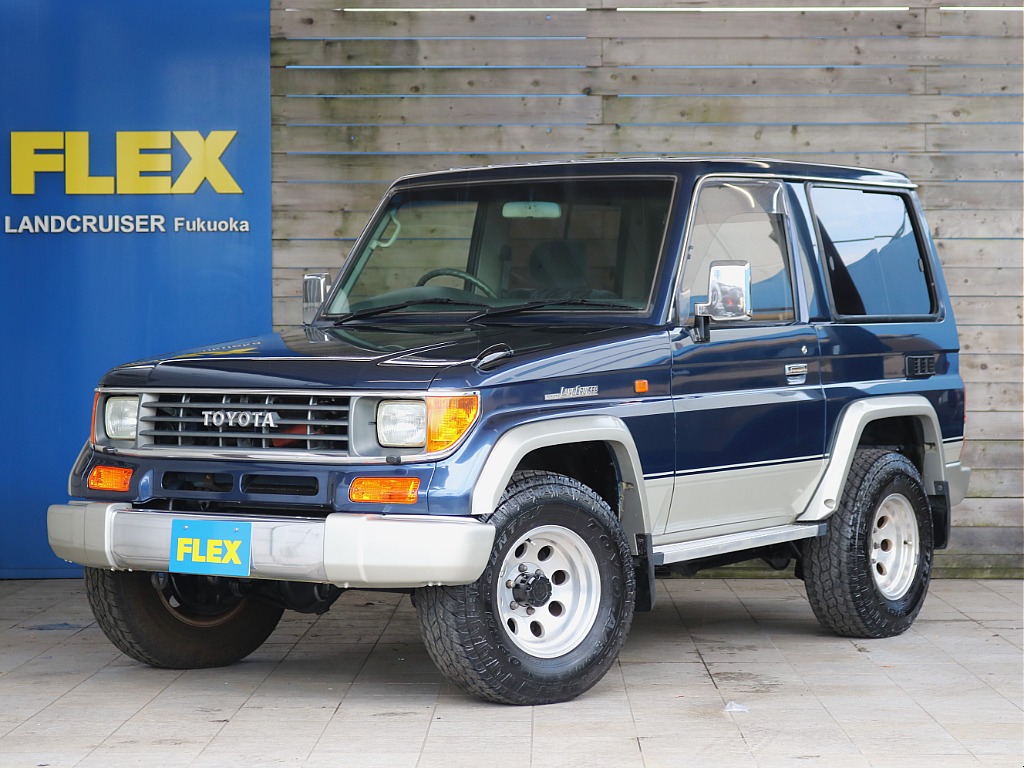
1995 Land Cruiser Prado 70 at FLEX in Japan
Prado 90 Series
The Prado 90 had a more aerodynamic design to it than the 70. It was curvier with rounded edges that gave it a softer appearance.
Front Fascia:
- Redesigned grille.
- Rectangular or oval headlights
Wheel Arches and Bumpers:
- Wider, flared wheel arches
- Plastic-clad bumpers
Body:
- Unibody-like construction with frame enhancements
- 3-door and 5-door configurations
Roof and Windows:
- Slightly sloped roofline
- Larger, more curved windows
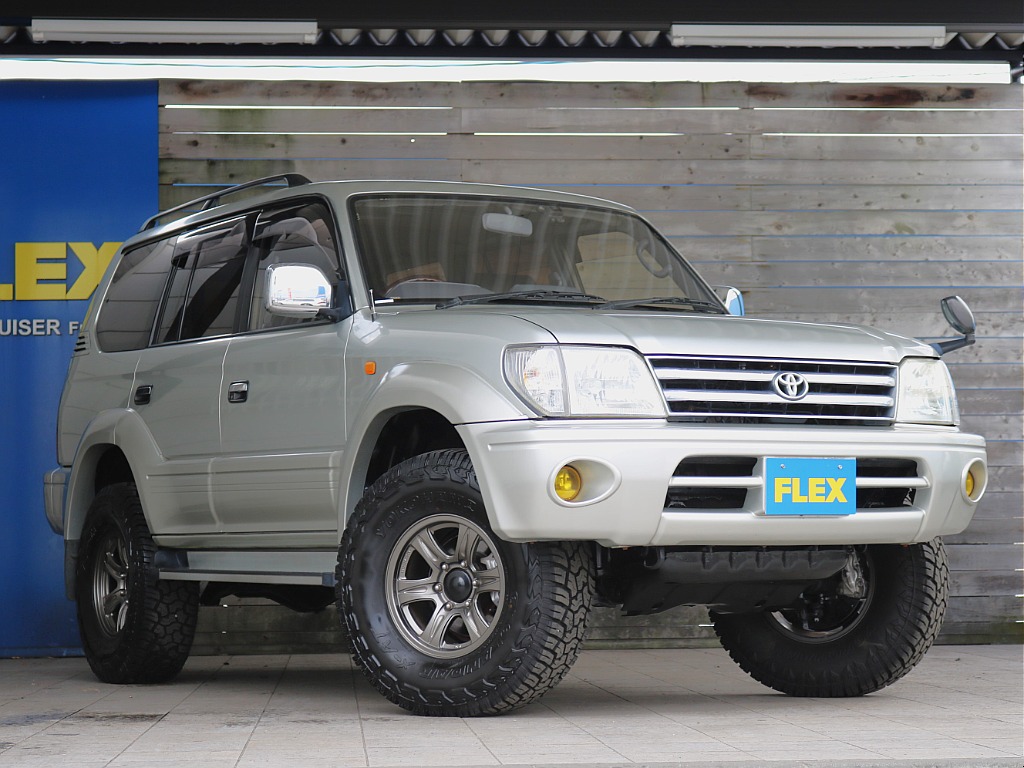
1998 Land Cruiser Prado 90 at FLEX in Japan
Interior
Thanks to customers wanting more refinement in the Prado, there were some significant changes between the 70 and the 90. Here are the differences:
Prado 70
With utilitarian use in mind, the interior is rather straightforward and functional using materials that are designed for heavy use. The dashboard layout is simple and basic with minimal controls and easy-to-read interfaces.
Materials:
- Harder plastics
- Basic cloth or vinyl upholstery
Seating and Space:
- Basic seating with limited adjustability
- Limited space in 3-door models
Technology and Features:
- Minimal electronics
- Analog instruments
Storage:
- Limited Storage Options
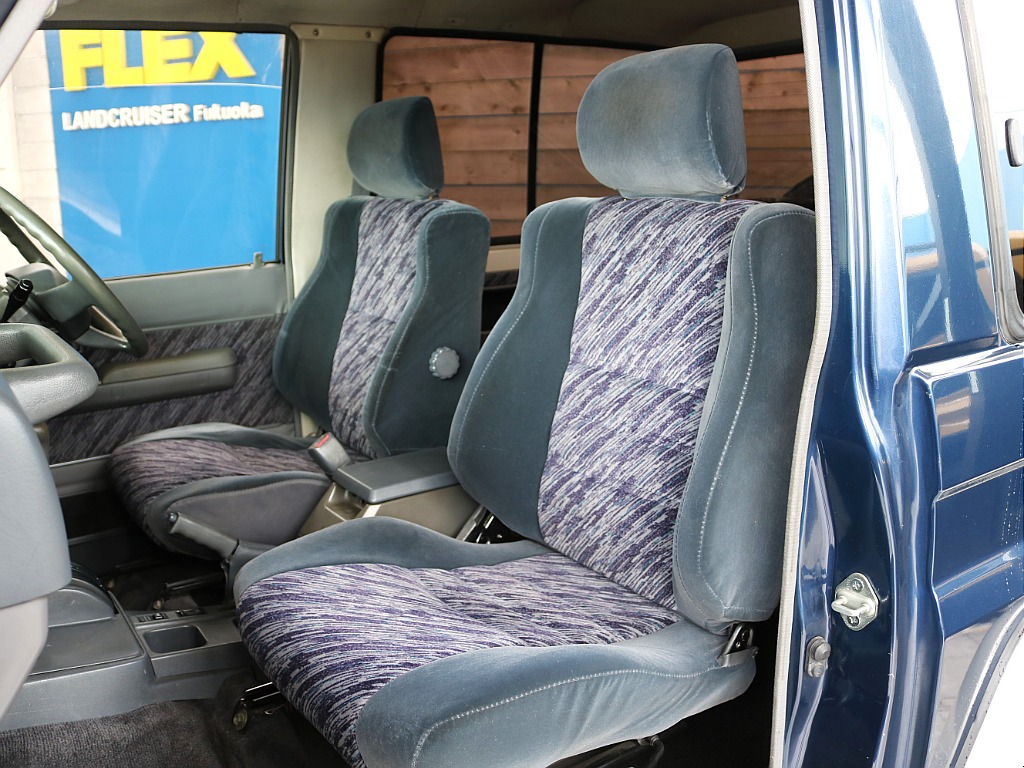
1995 Land Cruiser Prado 70 at FLEX in Japan
Prado 90
More modern and comfortable than the 70, the focus was on passenger comfort. The dashboard was ergonomically styled with clear gauges.
Materials:
- Softer plastics
- Better fabric
- Leather options
- Better cushioning in the seats
- Lumbar support and power adjustments in the upper level trims
Seating and Space:
- Headrests and reclining options
- More usable interior space
- Foldable seats in the 5-door
Technology and Features:
AC
- AC
- Power windows
- Upgrade audio system
- Navigation, display, and climate control in upper levels
- Digital instruments
Storage:
- More storage compartments
- Center console
- Door pockets
- Cup holders
The Prado 90 was timed right. It was the beginning of the move toward a more luxurious experience in all cars, trucks, and SUVs across the board. Many features, like AC and power equipment, were becoming standard in vehicles.
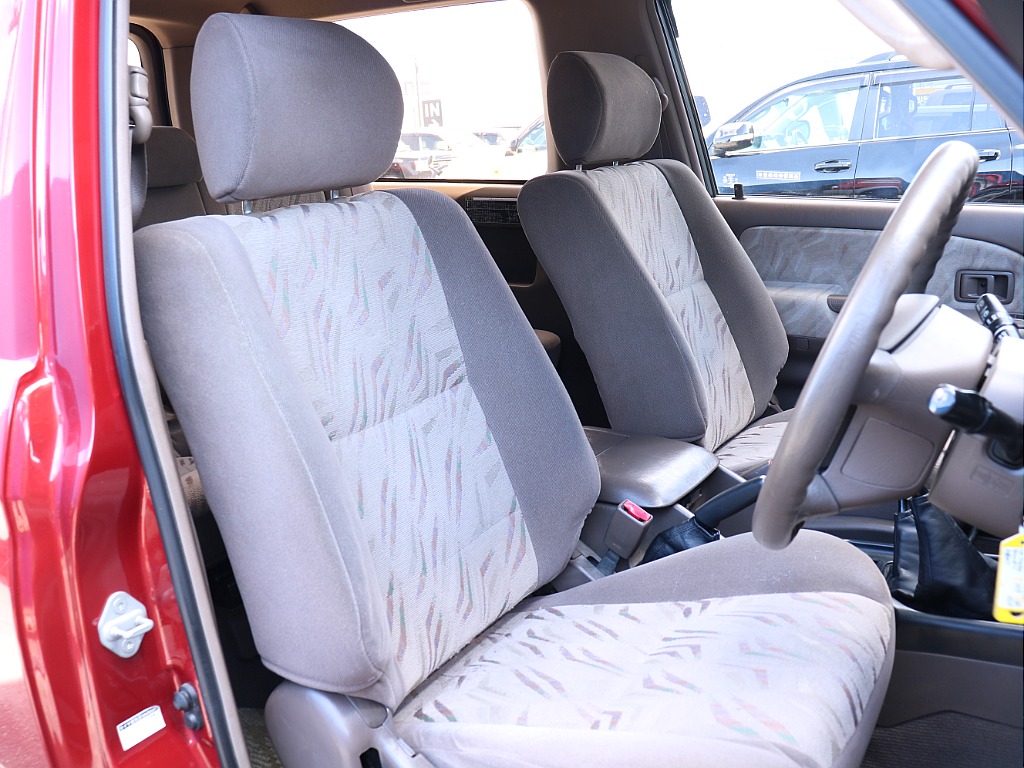
1998 Land Cruiser Prado 90 at FLEX in Japan
Powertrain (Engine)
The technology was advancing fast, and it showed in the upgrades to the engines as Toyota moved from the Prado 70 to the Prado 90. Here are the differences:
Prado 70
Basic Engine Options:
- 2.4L 4-cylinder Diesel (2L-TE): This turbocharged diesel engine was great for off-roading.
- 2.8L 4-cylinder Diesel (3L): A naturally aspirated diesel engine, the 3L was simple and easy to maintain.
- 2.4L 4-cylinder Gas l (22R/22R-E): The 22R-E version featured electronic fuel injection, providing slightly better fuel efficiency and power, and was available in select markets.
Fuel System:
- Carbureted and Early Fuel Injection: The 22R, as well as other gas-powered engines, started with carburetors before moving to electronic fuel injection like the 22R-E. Diesel engines like the 2L-TE used mechanical fuel injection systems.
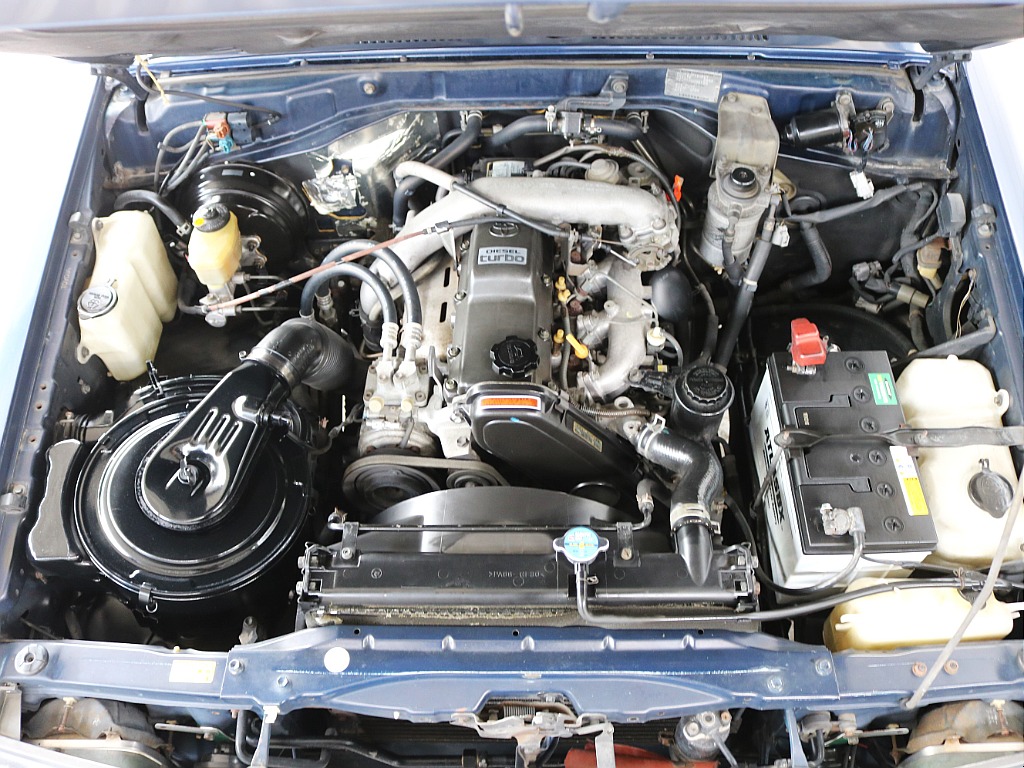
Under the hood of a 1995 Land Cruiser Prado 70 at FLEX in Japan
Prado 90
More Advanced Engine Options:
- 2.7L 4-cylinder Gas (3RZ-FE): This engine was a significant upgrade over the older gas engines in the 70 series and featured DOHC) and electronic fuel injection.
- 3.4L V6 Petrol (5VZ-FE): A new addition in the 90 series, this V6 engine with multi-port fuel injection and DOHC offered substantially more power and torque.
- 3.0L 4-cylinder Turbo Diesel (1KZ-TE): This turbocharged diesel engine was carried over from the later years of the Prado 70 series but saw improvements in the 90 series. In some markets, it was available with an intercooler.
- 3.0L 4-cylinder Turbo Diesel (1KD-FTV): Introduced later in the Prado 90 series, this engine was part of Toyota’s D-4D (Direct Injection 4-stroke Diesel) family featuring common-rail direct fuel injection that led to lower emissions.
Fuel System:
- Electronic Fuel Injection (EFI) and Direct Injection: All the engines featured advanced fuel injection systems. The gas engines used electronic fuel injection, while the diesel engines used direct injection.
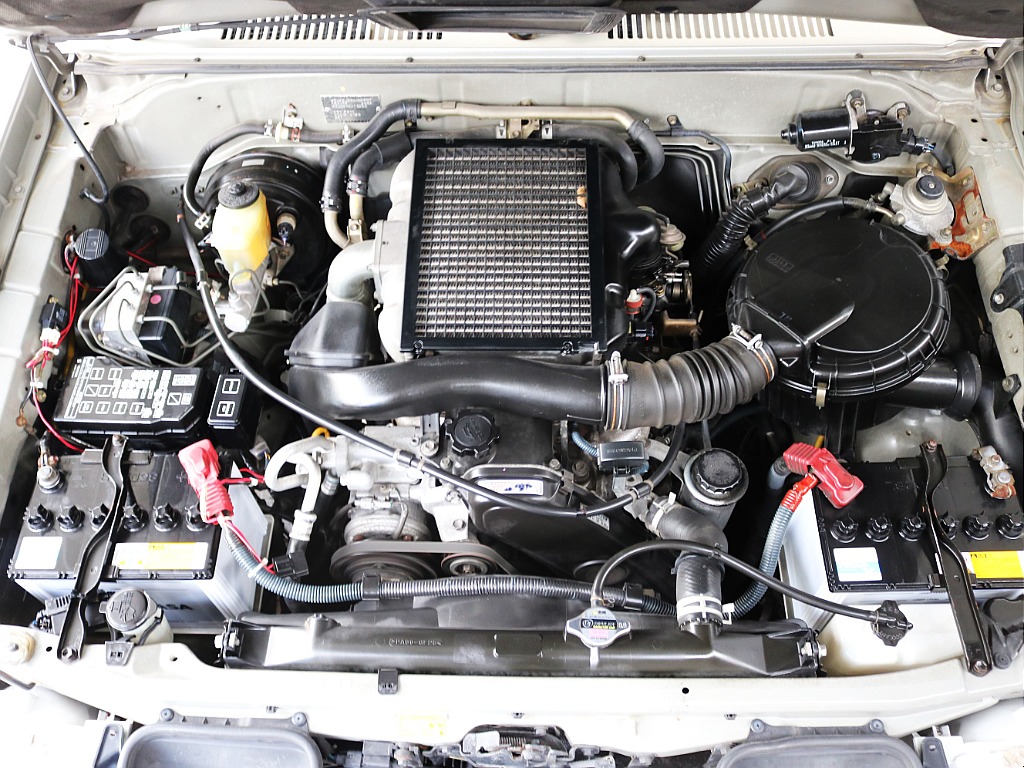
Under the hood of a 1998 Land Cruiser Prado 90 at FLEX in Japan
Emissions and Efficiency:
The engines in the Prado 90 series were designed with stricter emissions standards in mind than the diesel engines of the past. These changes were important when it came to global marketing.
As you can see, there was a significant leap forward from the 70 to the 90 when it came to performance and efficiency.
Suspension
Like the technology that powered the difference between the two generations, the improvements made to the suspension system give the Prado 90 dominance over the 70. Here are some of the differences:
Prado 70
- Front Suspension: Solid front axle with coil springs for off-roading durability. This setup is better in the dirt than on the highway where its stiffness makes the ride on the rough side.
- Rear Suspension: Depending on the model and market, the Prado 70 was either equipped with coil springs or leaf springs. The earlier models used leaf springs since they could handle heavy loads, but the ride was very stiff.
Prado 90
- Front Suspension: An independent front suspension with double wishbone and torsion bars enhances ride comfort and significantly improves handling.
- Rear Suspension: The rear suspension has coil springs that are far superior to the setup in the 70. In addition to the improved suspension components, the Prado 90 had anti-roll bars.
If you’re looking for a smoother ride, the Prado 90 is a better choice.
Weight
The weight between the models is dependent on how they are equipped.
| Prado 70 – 3-Door | Prado 90 – 3-Door | Prado 70 – 5-Door | Prado 90 -5-Door |
|---|---|---|---|
| 3,300 – 3,500 pounds | 3,840 pounds | 3,800 – 4,100 pounds | 4,170 – 4,380 pounds |
Number of passengers
| Prado 70 – 3-Door | Prado 90 – 3-Door | Prado 70 – 5-Door | Prado 90 – 5-Door |
|---|---|---|---|
| 5 | 5 | 8 | 8 |
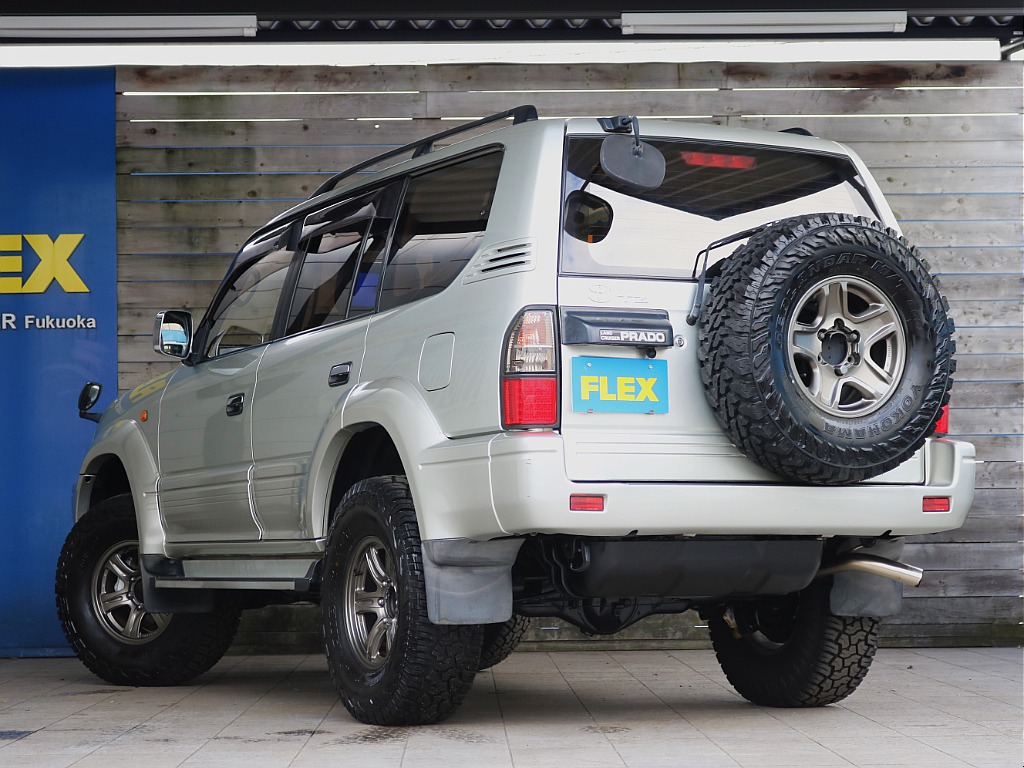
Fuel economy
Here is the estimated MPG for the two series based on the engine:
Prado 70
- 2.4L Gas (22R/22R-E): Approximately 15-18 MPG combined (city/highway).
- 2.8L Diesel (3L): Approximately 20-24 MPG combined.
- 2.4L Turbo Diesel (2L-TE): Approximately 20-23 MPG combined.
Prado 90
- 2.7L Gas (3RZ-FE): Approximately 16-19 MPG combined.
- 3.4L V6 Petrol (5VZ-FE): Approximately 15-18 MPG combined.
- 3.0L Turbo Diesel (1KZ-TE): Approximately 18-22 MPG combined.
- 3.0L Turbo Diesel (1KD-FTV, D-4D): Approximately 22-25 MPG combined.
Price
One of the appealing factors about the Prado 70 and the Prado 90 was their affordability. The more traditional Land Cruiser was much higher priced, so this gave people a chance to own a recognized brand with the same durability and reliability as the big Land Cruiser without the high price. The prices below are approximate since it is dependent on the market and the equipment.
Prado 70
- 3-Door MSRP: Approximately $15,000 to $20,000
- 5-Door MSRP: Approximately $20,000 to $25,000
Prado 90
- 3-Door MSRP: Approximately $22,000 to $27,000
- 5-Door MSRP: Approximately $28,000 to $35,000
Image Gallery
We have put together some photos of the Prado 90 for you to enjoy. Check out the 90 in action.
2001 Land Cruiser 90 Prado 3.0 RX Diesel Turbo 4WD

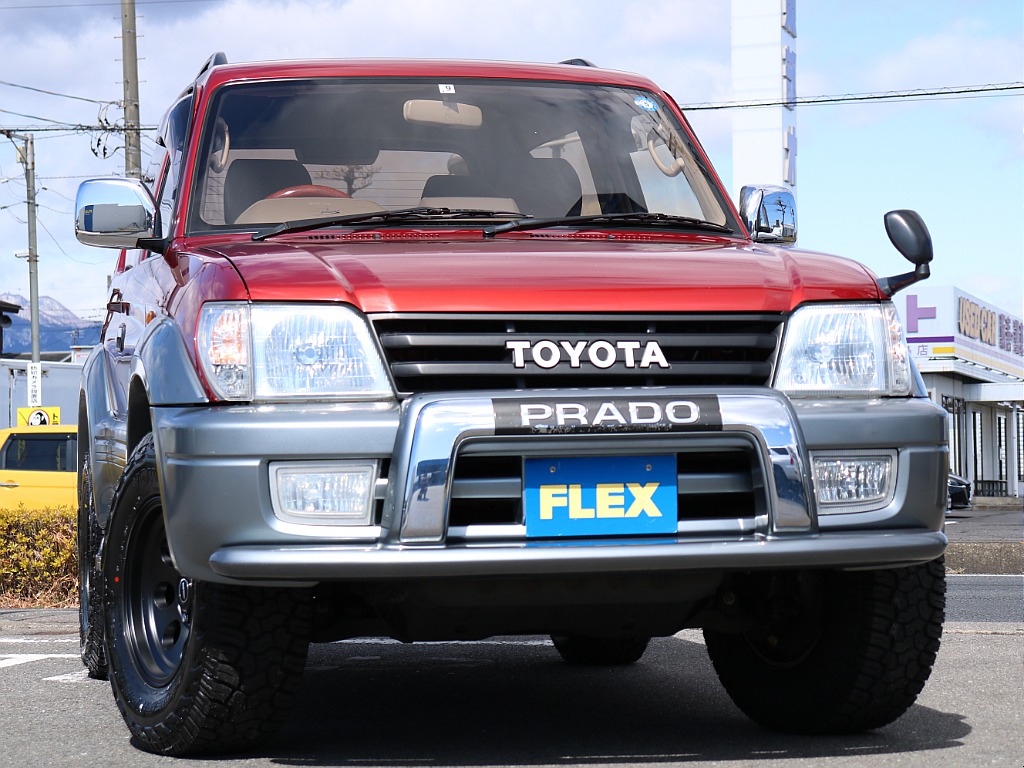
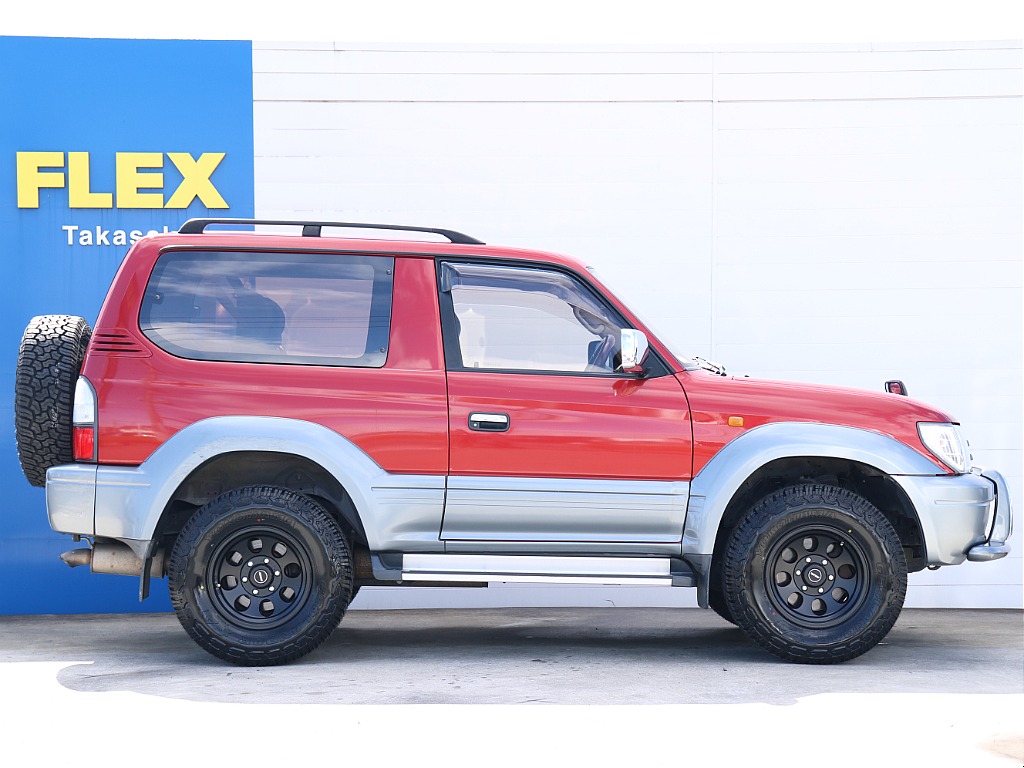


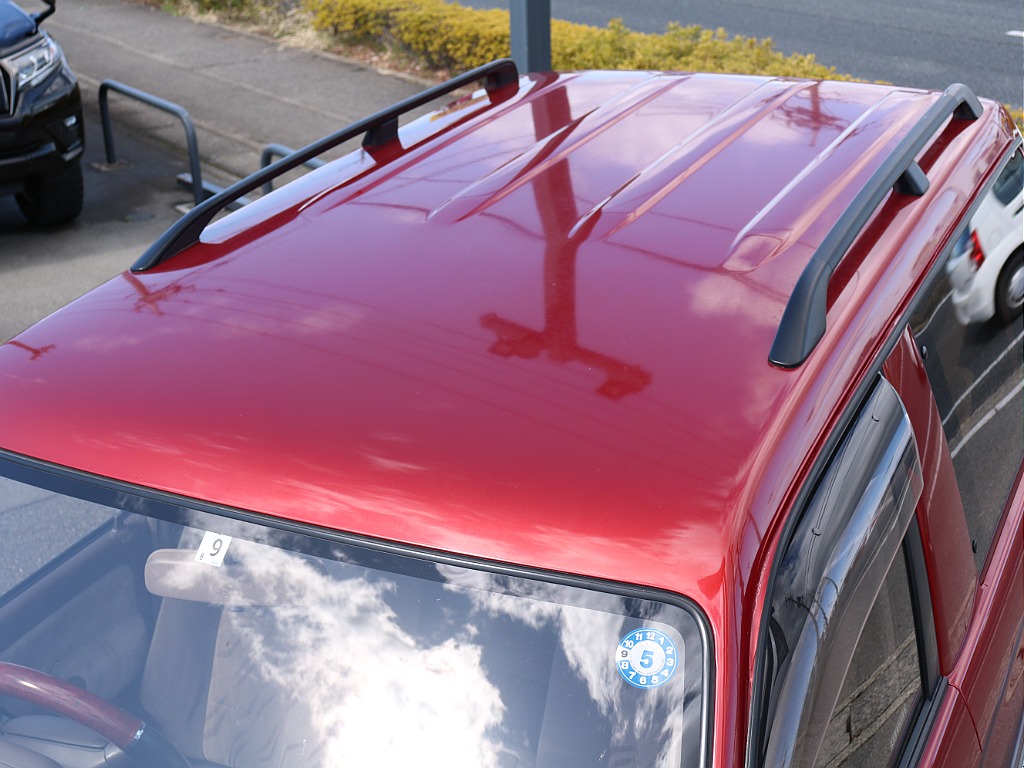
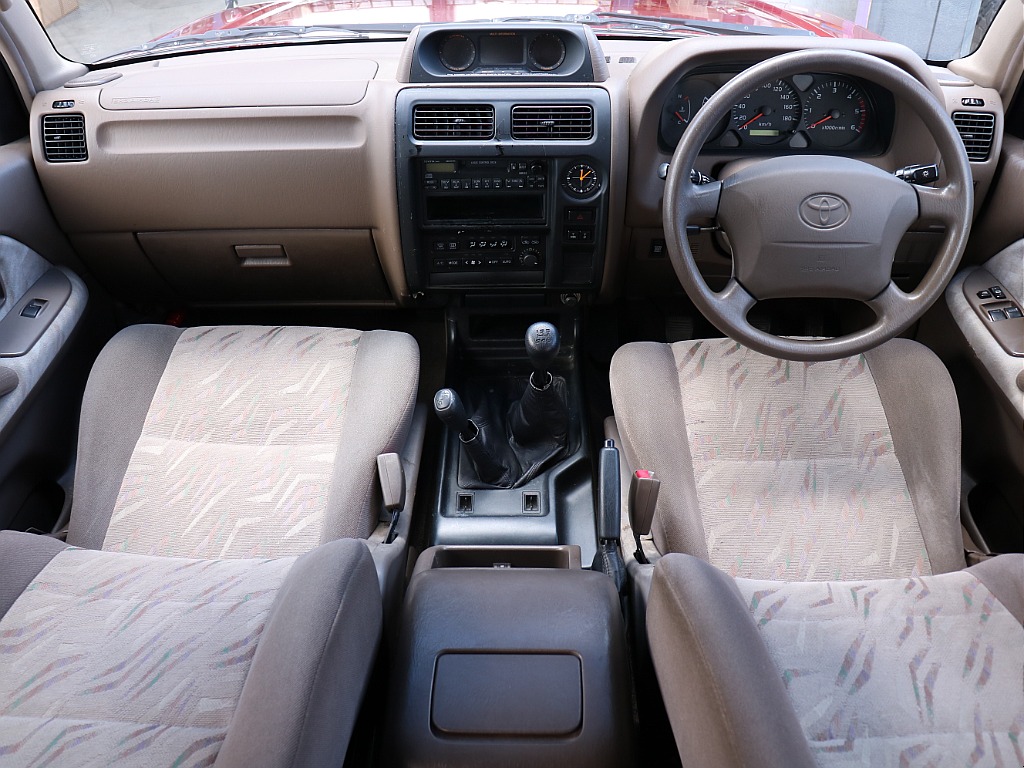
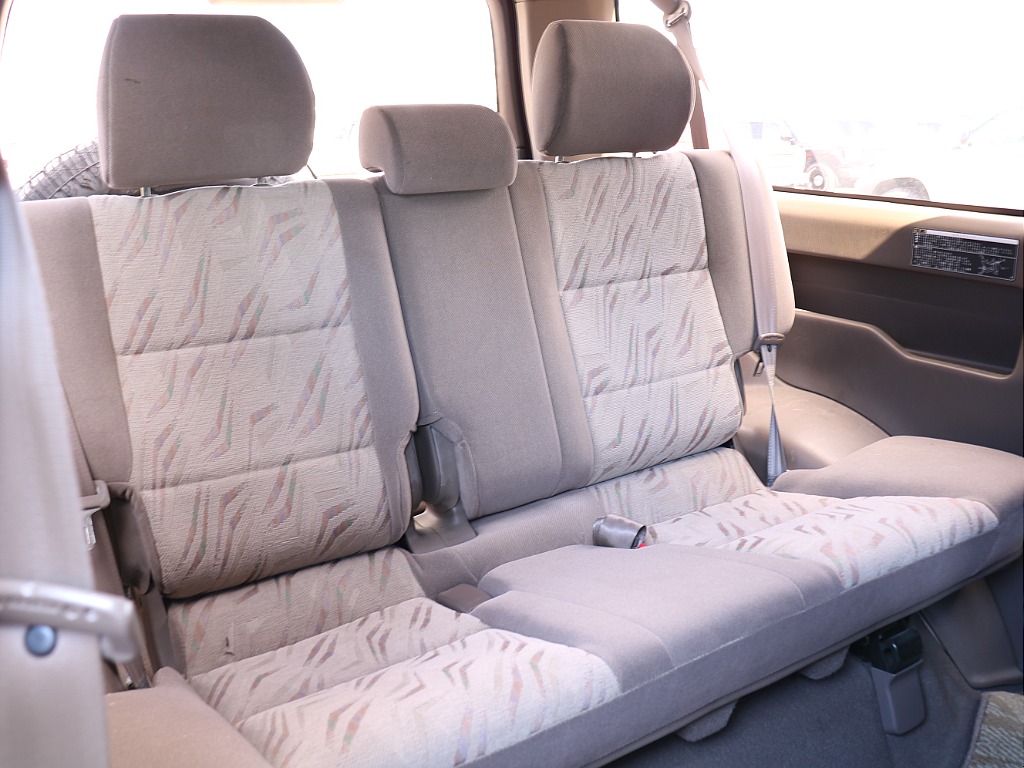
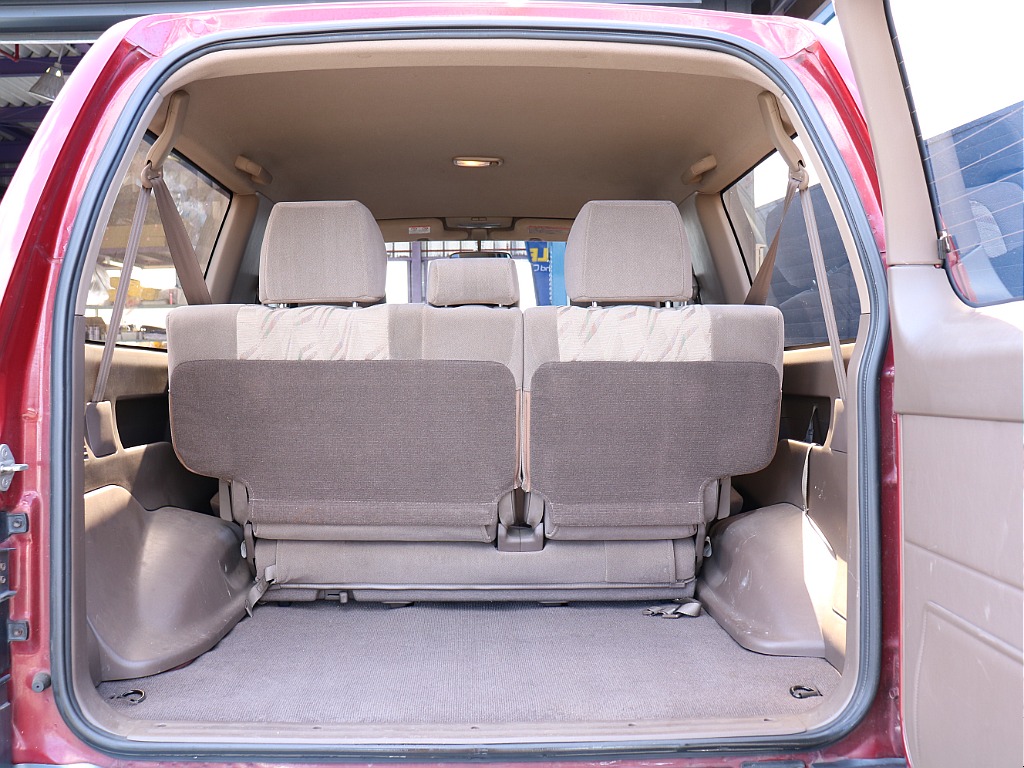
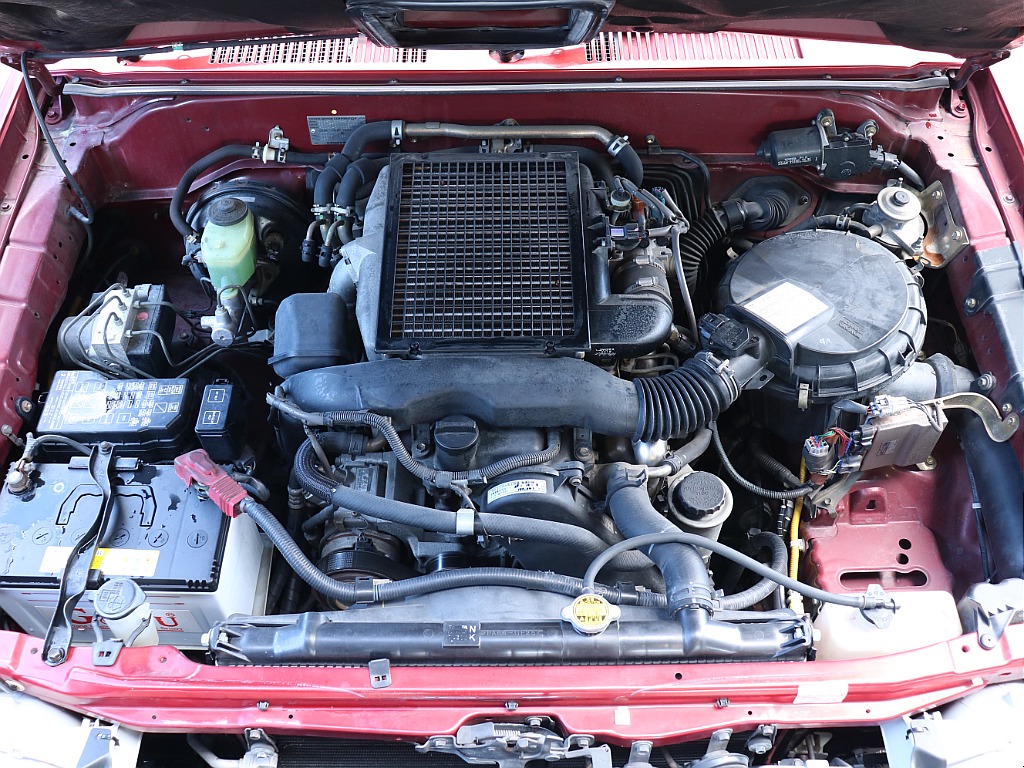
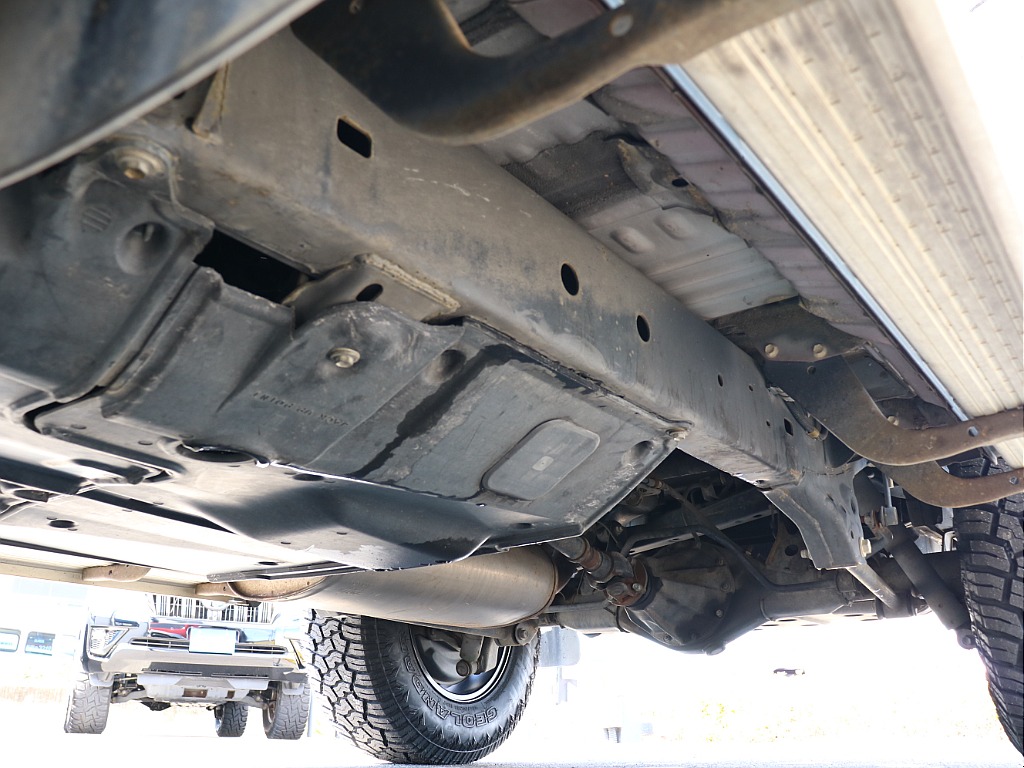
1997 Land Cruiser 95 Prado 3.0 TX Diesel Turbo 4WD





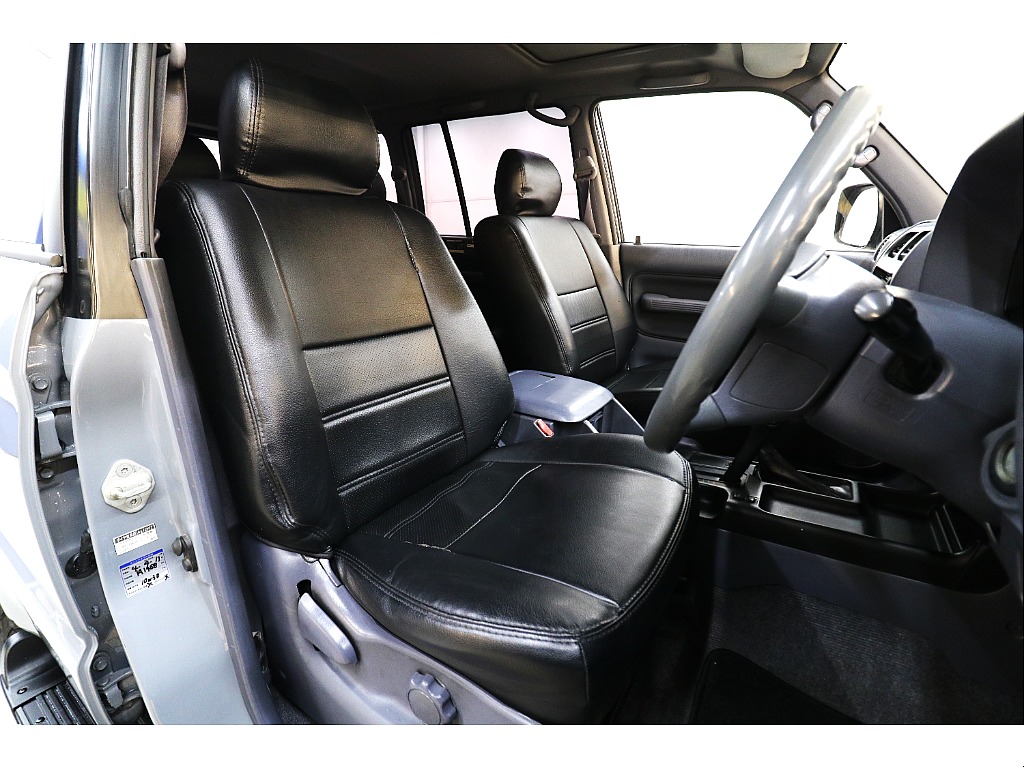
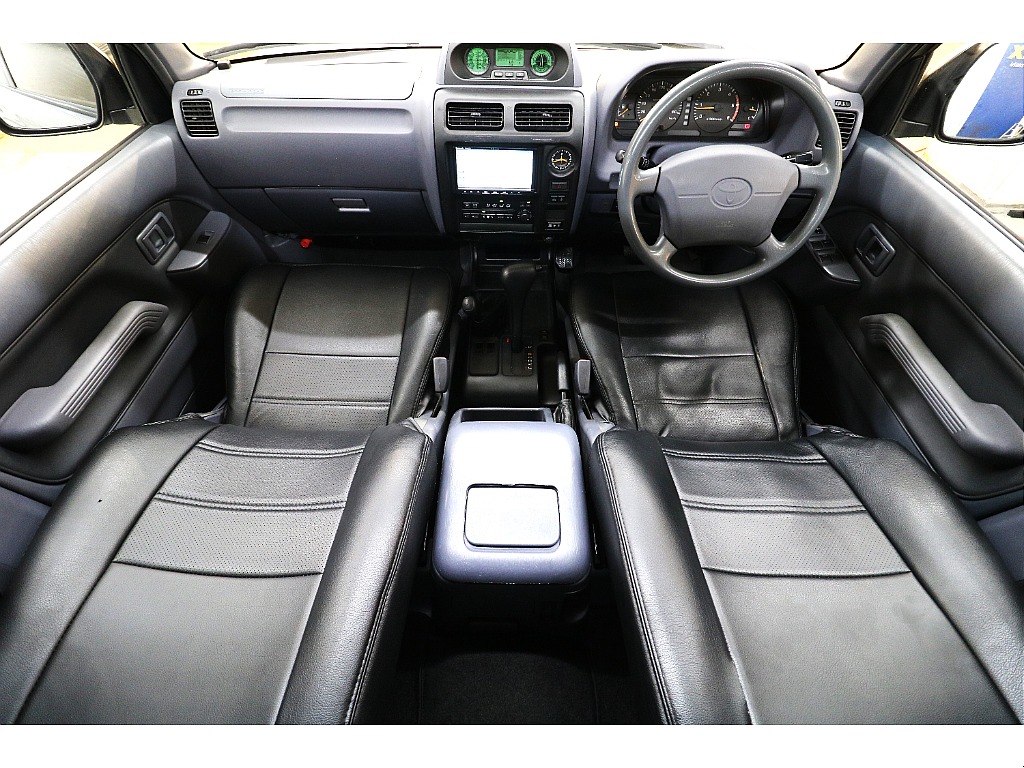
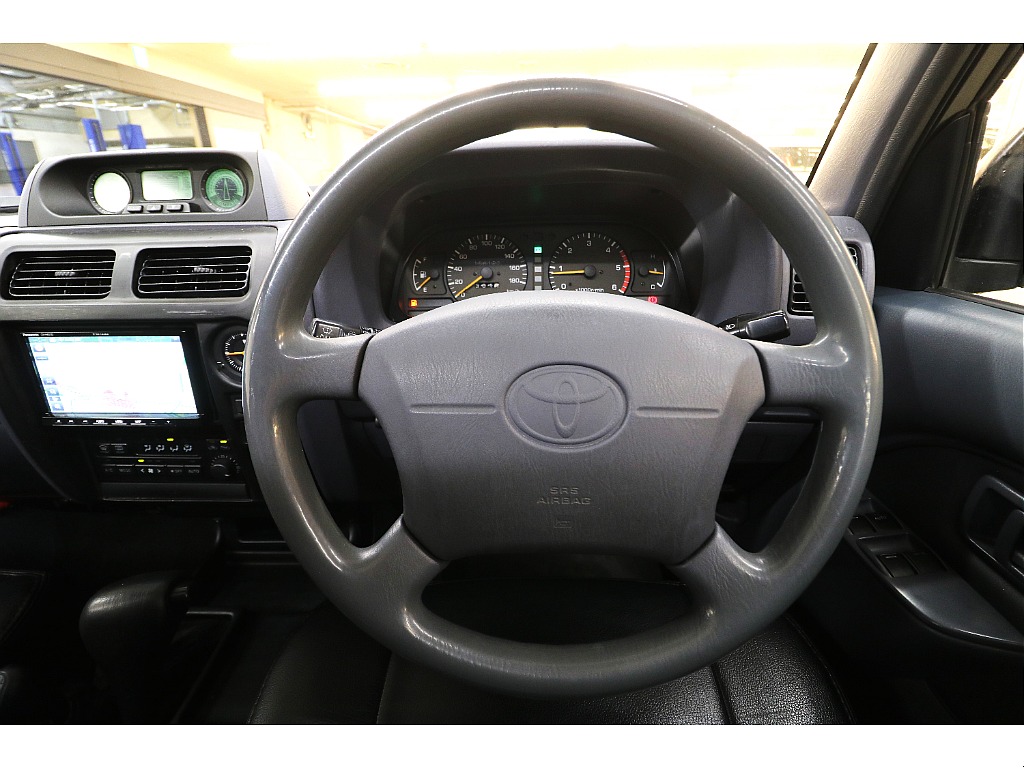
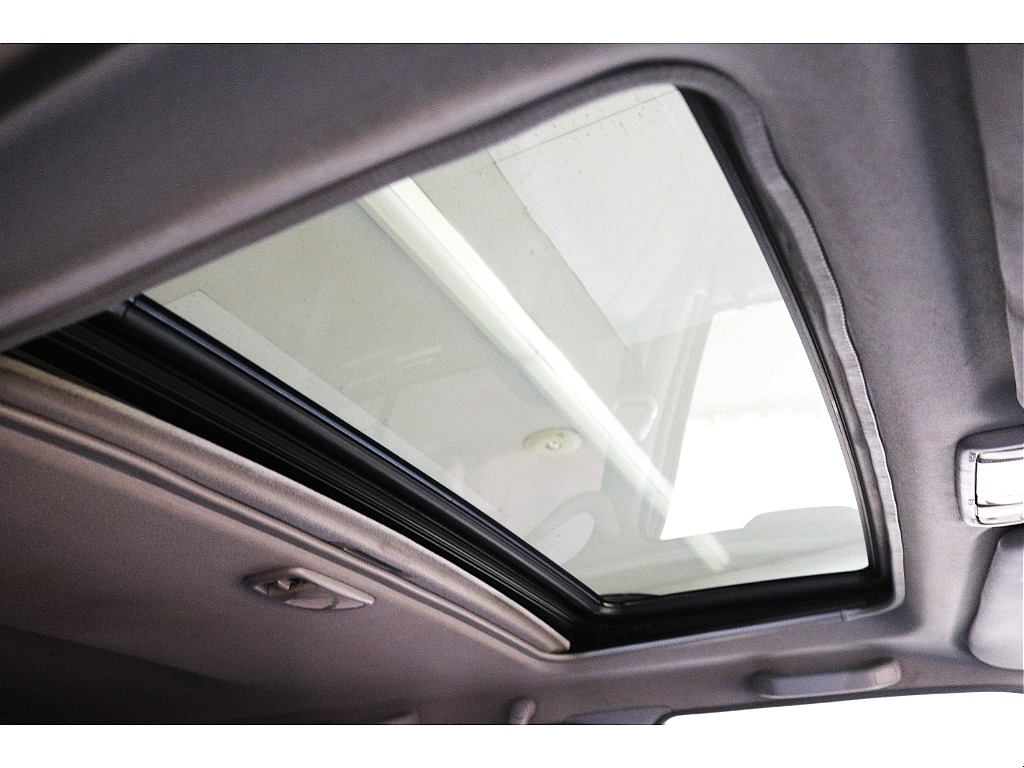
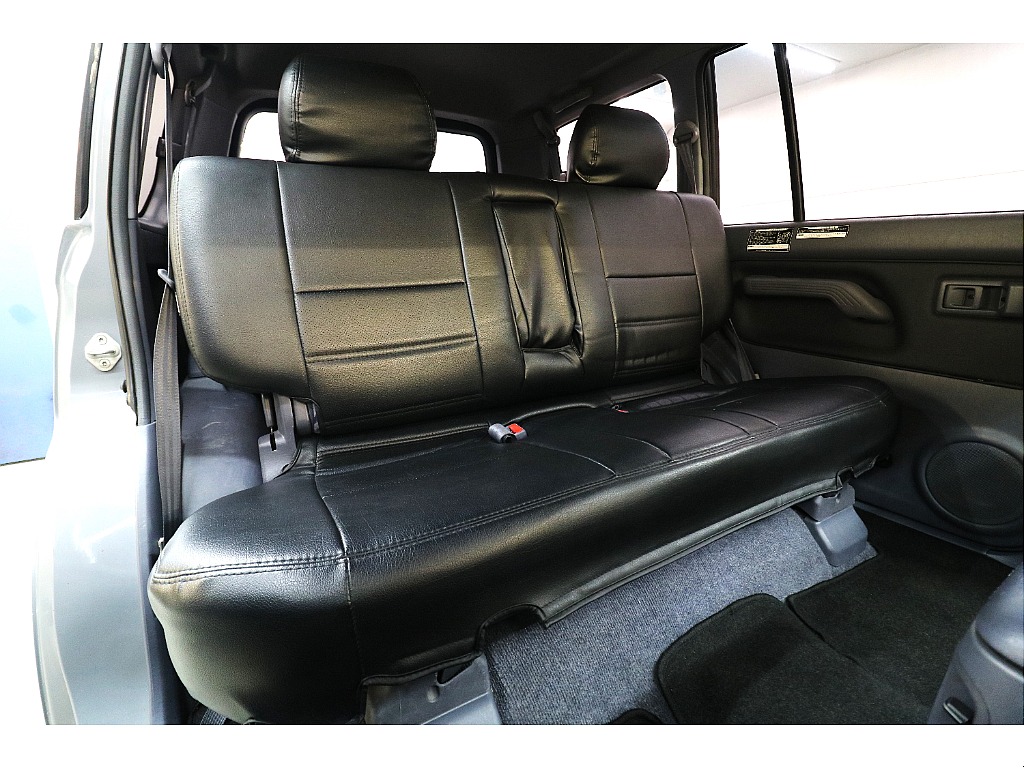
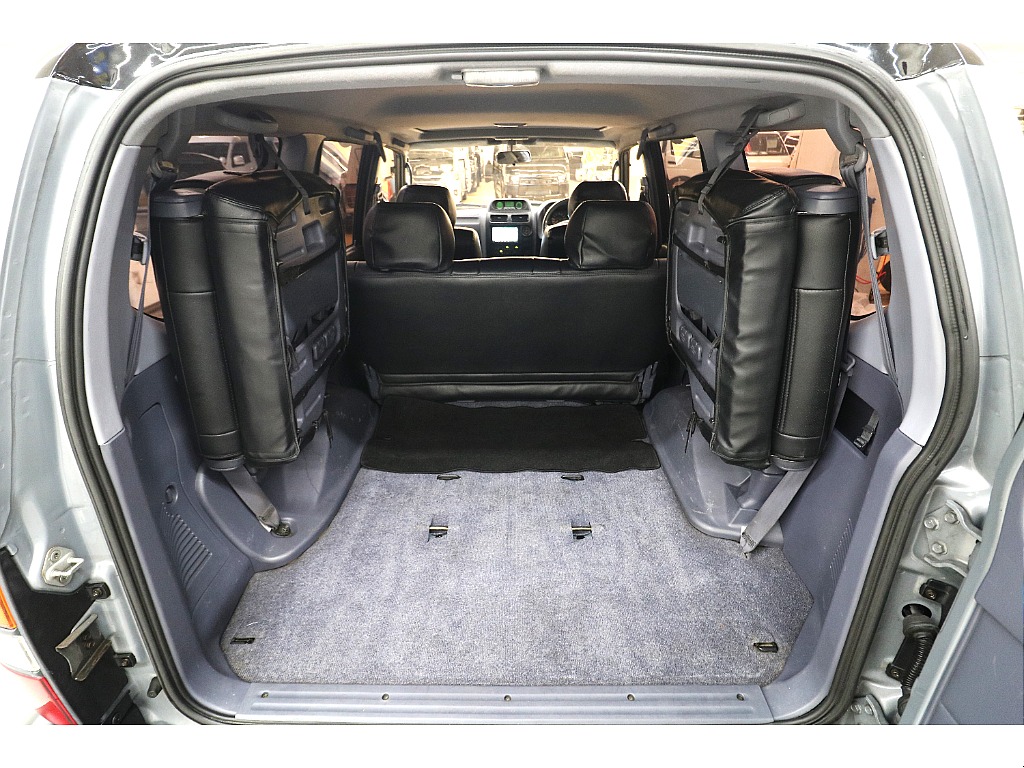
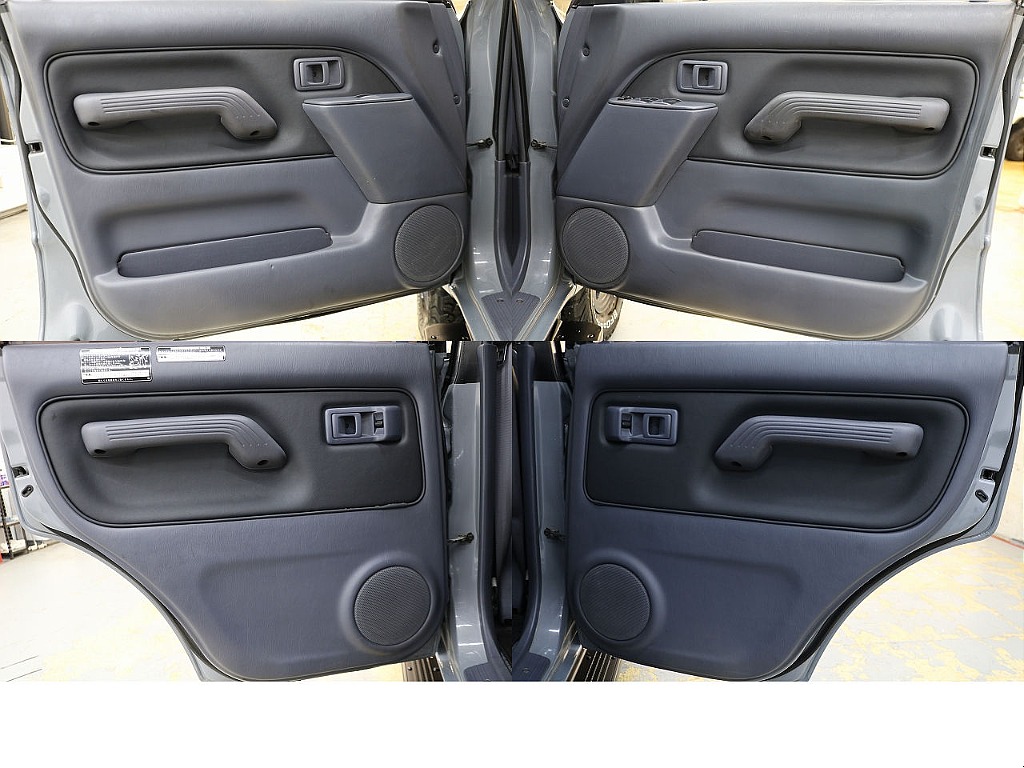
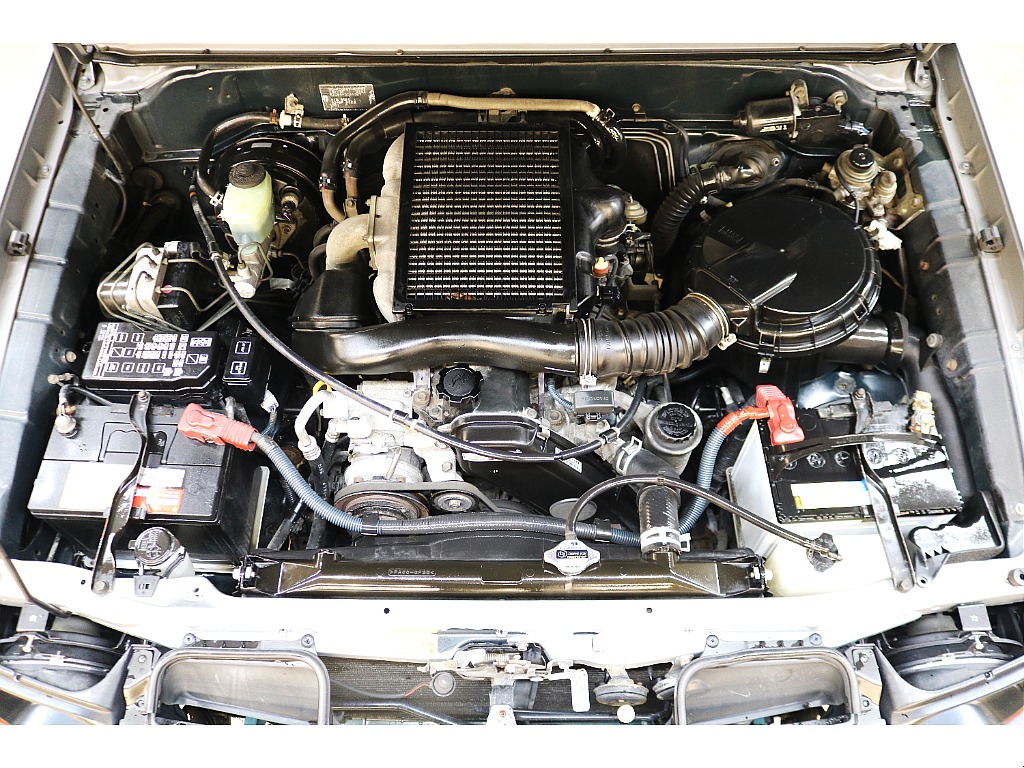
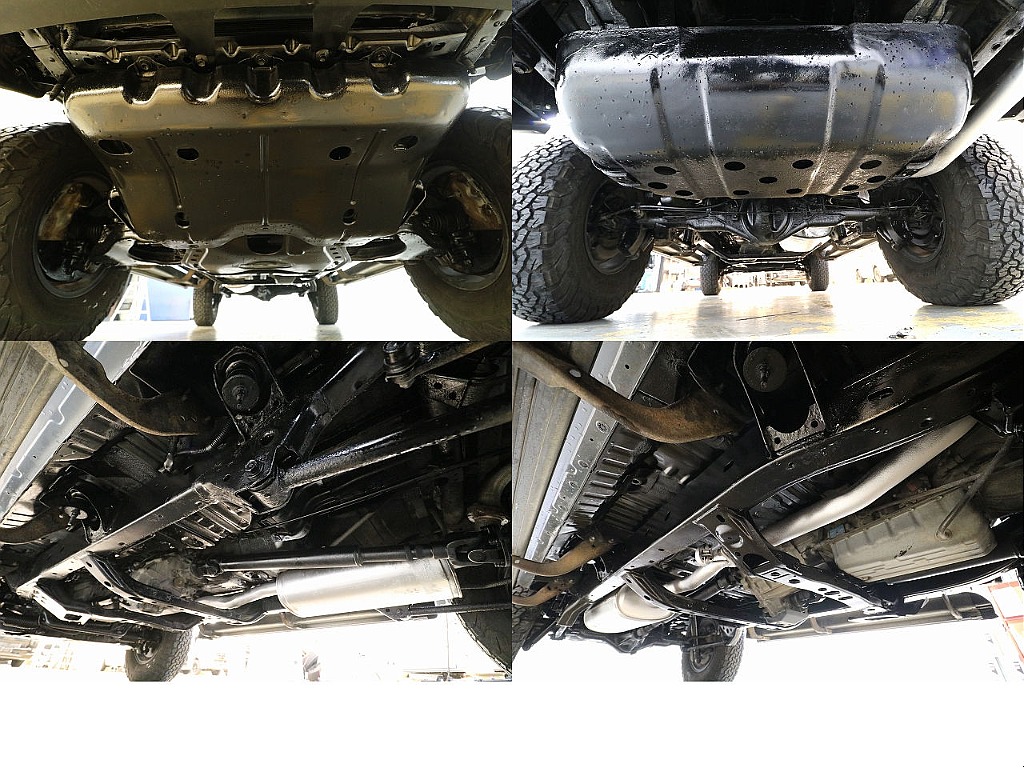
If you want a 90 Prado, come to FLEX.
If you’re in the market for a Prado 90, then we’re here to help you. As the largest Land Cruiser dealership in Japan (we have 80 locations), we have access to more Prado 90s than most dealerships. In addition, we are well-versed in JDM cars, and if you would prefer a more retro look on your Land Cruiser, then take a look at the Renoca series we build to meet your expectations. Contact us today for more information.


